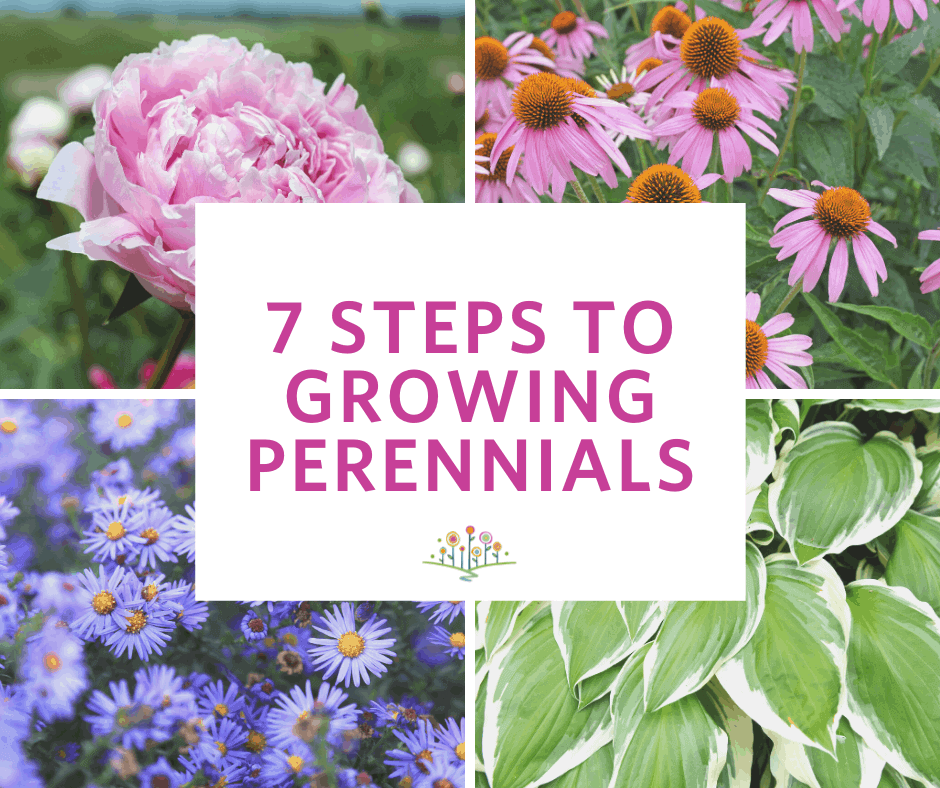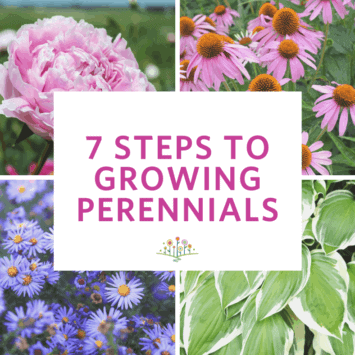

You may have heard the words “annual” and “perennial” in the gardening world – especially if you have been digging in the dirt for some time. But if you are new to the fun of gardening, you may not be sure what the differences are.
In short, annual plants are only around for the season, die off in the winter, and have to be replanted every year. They produce more flowers than annuals and tend to bloom for a longer period of time. When you think of annuals, think zinnias, cosmos, sunflowers, petunias, and marigolds.
Perennials on the other hand come back every year, and if we’re being honest, are also a little less work. But there is a trade-off – there will be less color. Some of the more common perennials are coneflowers, yarrow, and peonies.
If you think a little less maintenance and a longer-term relationship with some of your landscape is the right fit, here are a few tips for you.
PICK YOUR PERENNIAL
This can either be an overwhelming or thrilling part of planting perennials depending on where you are in your gardening career. If it seems like a lot and you know you need help, don’t hesitate to swing by your trusted nursery (hint, hint). The staff can give you great advice and may suggest some of the most beloved ones such as hostas, asters, purple coneflowers, shasta daisies, or peonies.
PREPARE SOIL
Since perennials live in the same spot for a long time, having the right soil is a must. Incorporating organic matter such as compost into the identified area for planting will create a rich environment.
PRE-PLANTING WATERING
Watering the perennials prior to planting them will help make sure that they are well hydrated for the move.
DIGGING
As you start to dig holes for transplanting, keep a few things in mind. Dig the hole slightly deeper than the pot and twice as wide. If you are planting several plants in a large area, dig each hole as you need it so that the hole doesn’t have time to dry out. Alternatively, water the hole before putting in the perennial if you dig more than one hole at a time.
PLANTING
When you remove the plant from the pot, break up the base of the root ball to encourage the roots to branch out and new ones to form. If there is anything that breaks off or there is leftover soil from the pot, toss it in the hole. After placing the plant in the hole, be sure to check the plant depth. Try not to bury the place where the roots and stems meet (the crown).
SOAK
When everyone is in their new home, it is time for their first soaking! Water until it reaches the root ball. A little fertilizer would be great too.
MULCH
Compost or shredded mulch should be added around the perennials about a couple of inches back from the stems. The mulch will provide additional nourishment to the plants as it breaks down throughout the season.
With just a few steps, some sweat, and soil equity, you can have perennials up and growing in no time!
To hear more about incorporating more edibles into your landscape or to hear what is happening at our Emerald City, please sign up to join our newsletter.



